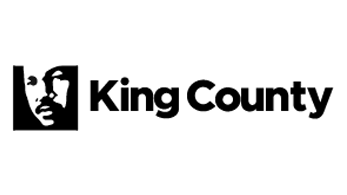
Issue
By 2050, the Central Puget Sound Region population is expected to grow by 1.5 million people to a total of 5.8 million. With this, there are several major infrastructure projects either identified or in the early stages of development with planning efforts that are separate from one another.
These include:
- Potential ultra-high-speed rail to connect British Columbia, Washington, and Oregon
- Amtrak Cascades rail service
- A third commercial airport in south Puget Sound
- Interstate 5 preservation and mobility enhancements
A holistic picture is needed for decision-makers to understand the tradeoffs and considerations for the future of Cascadia mobility to support the anticipated needs.
Spark
Regional transportation planning use models based on existing data with forecasted trends that provide some guidance for the potential future system needs. Although useful for developing long-range strategies, it can be difficult to visualize the potential effects to the transportation system with, or without large infrastructure enhancements.
Overview
Using population forecasts for the year 2050, this project will incorporate regional planning data into a visualization platform, evaluate travel times and costs for individual households, and freight, and evaluate passenger air travel demand, cost, and availability.
The visualization will be hosted on an interactive webpage, with a report and workshop to summarize and share the findings.
Innovation
Data visualization, using a human-centered design approach, can help make large data sets easier to understand. Applying these practices with the existing planning models and data can provide a high-level overview of the potential effects and tradeoffs that large-infrastructure system plans may have if coordinated, done piecemeal, or not at all.
Impact
The end result will provide better information for decision makers and improve public awareness for regional infrastructure needs and the effects they may have on the transportation systems using various scenarios.
Team
This work is supported by the Washington State Department of Transportation, King County, Challenge Seattle, Microsoft, Boeing, and Alaska Airlines.
Academic Department
Faculty Leadership
Cecilia Aragon
Research Center
Professor, Human Centered Design & Engineering
Research Areas
- Human-centered data science
- Human-centered AI
- Visual analytics
- Human-Computer Interaction (HCI)
- Computer-supported cooperative work (CSCW)
- eScience
- Visualization
- Data science ethnography
- Scientific collaboration
Contributors
- Ryan Avery, Deputy Director, Washington State Transportation Research Center (TRAC)
- Bart Treece, Director, Mobility Innovation Center
- Andrea Figueroa, Research Scientist
- Vishnupriya Napa Ravikumar, Research Scientist






